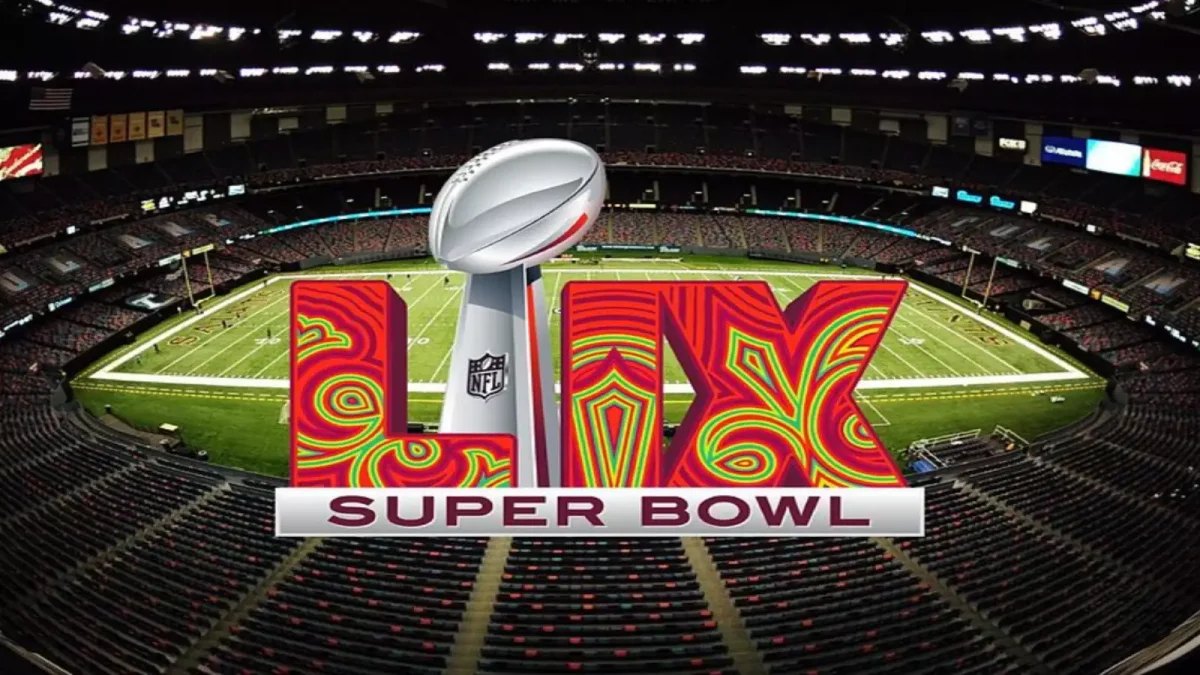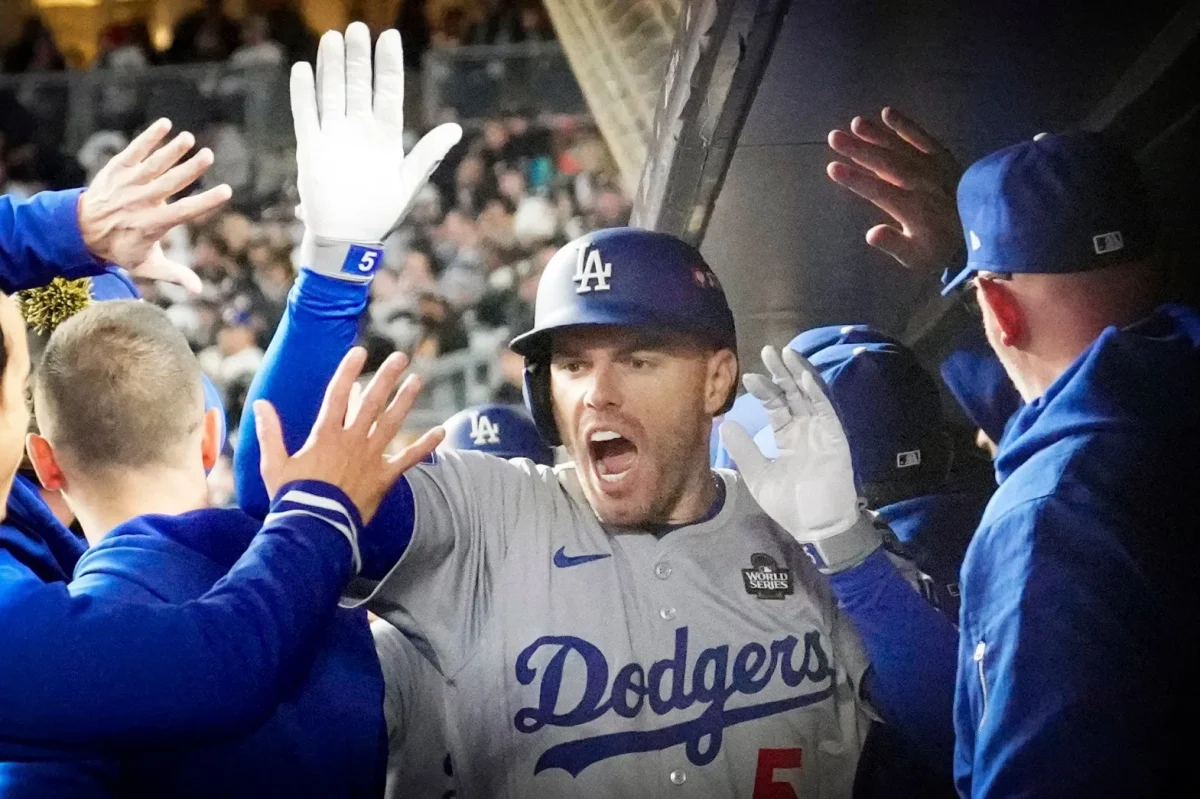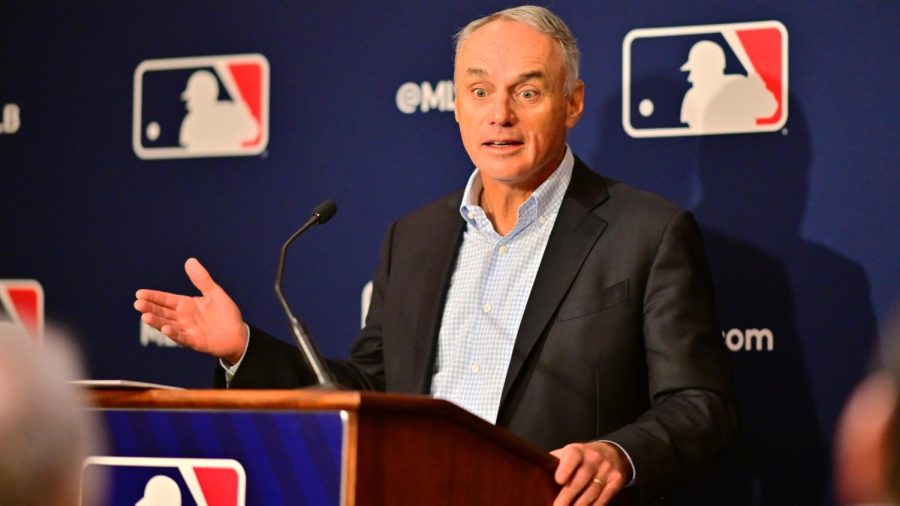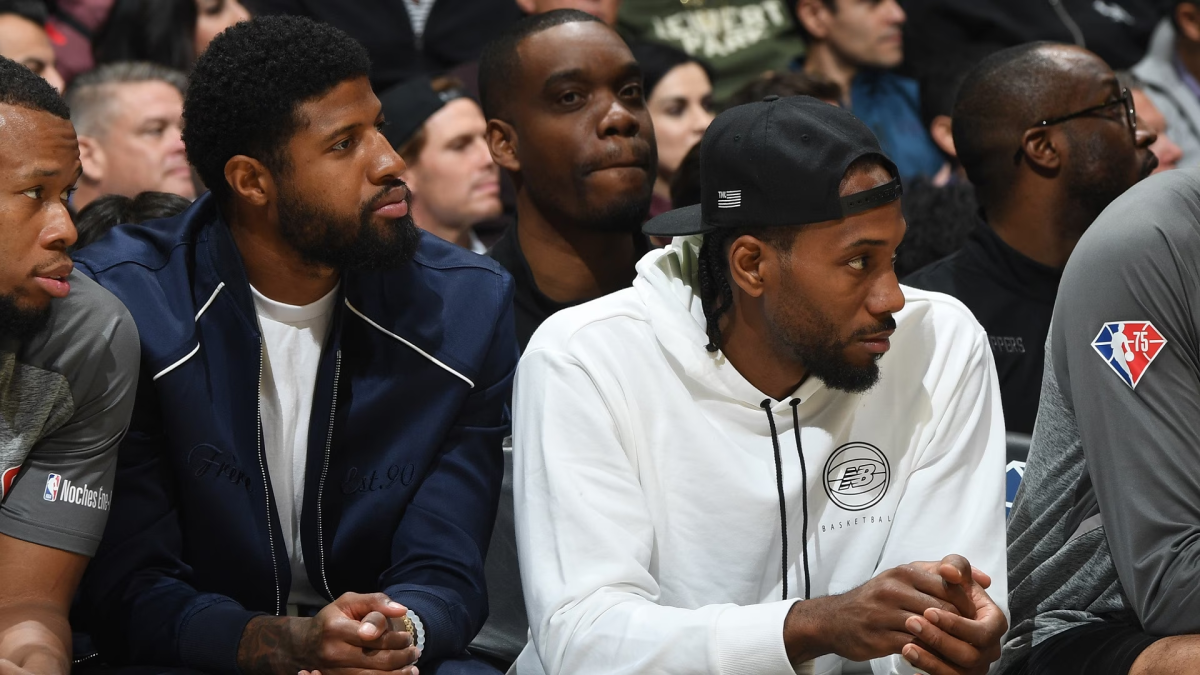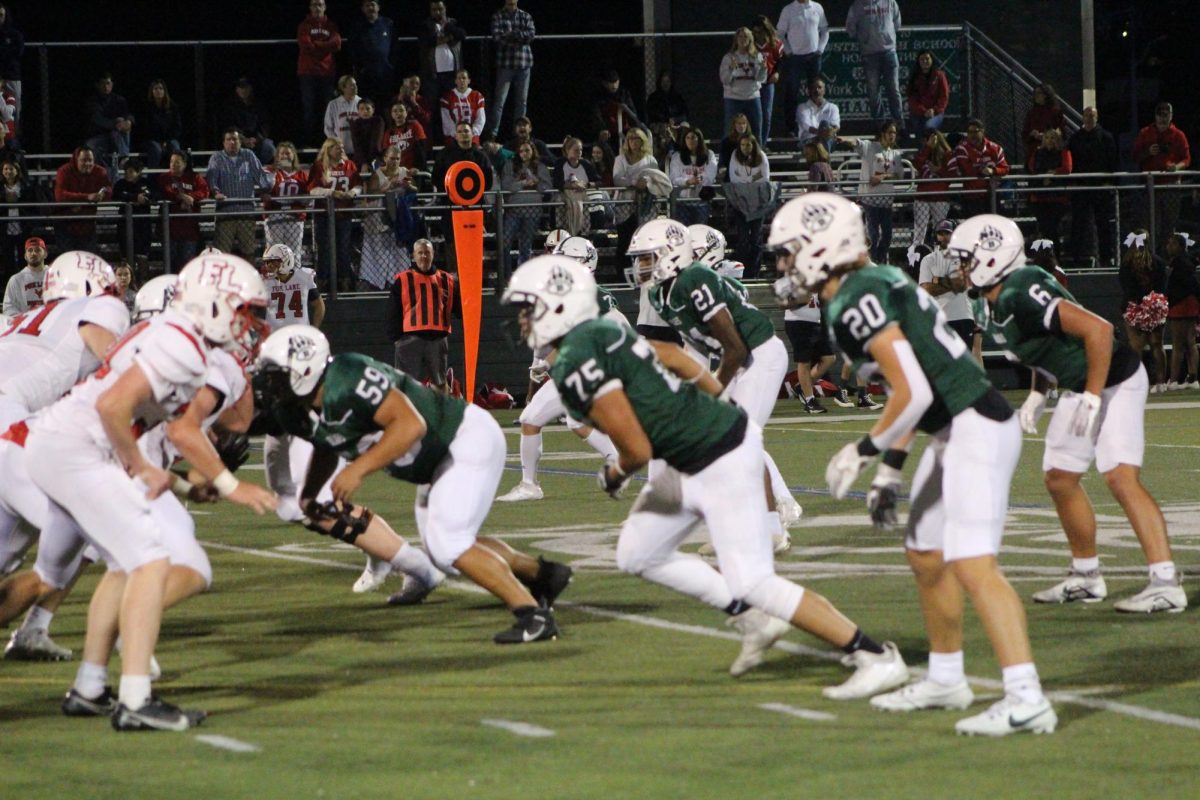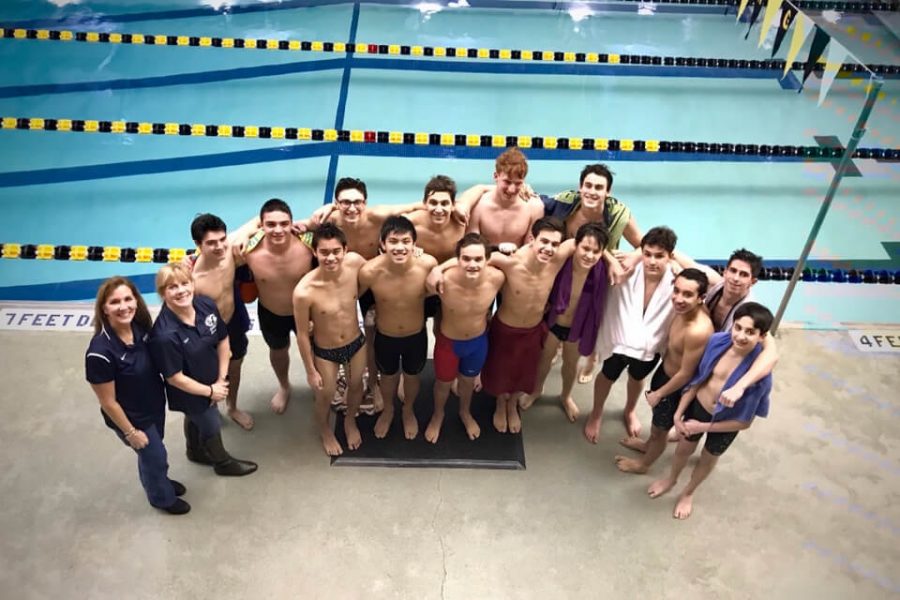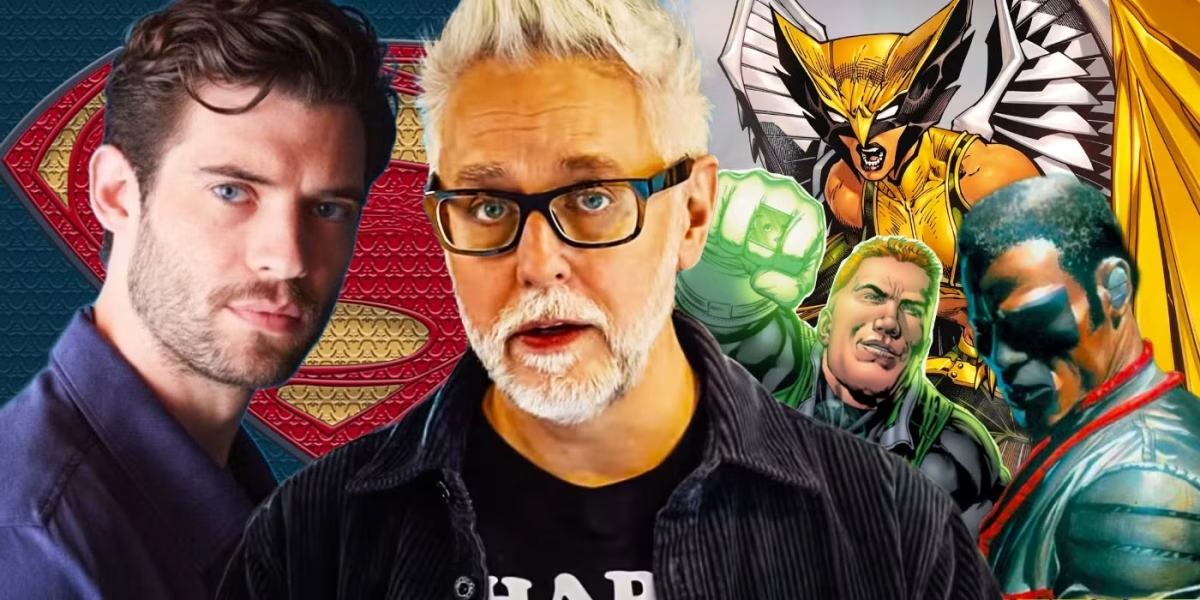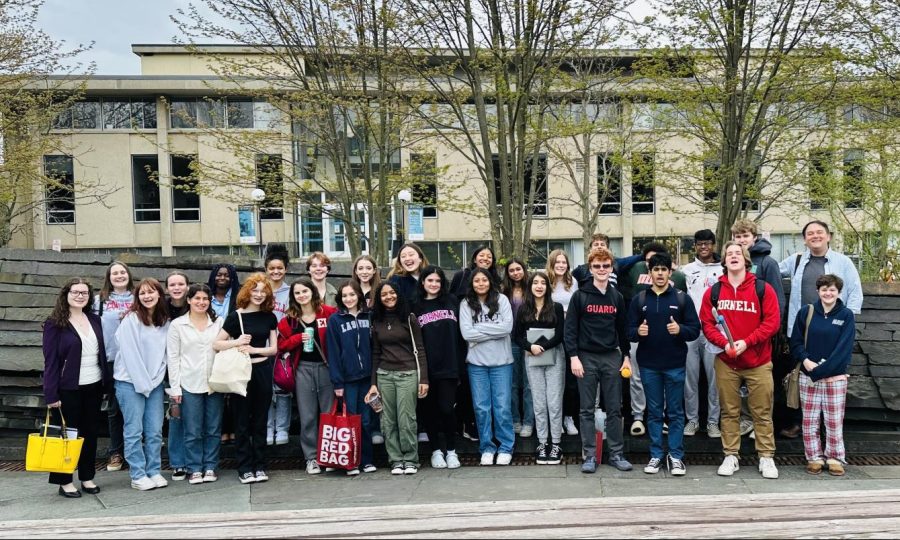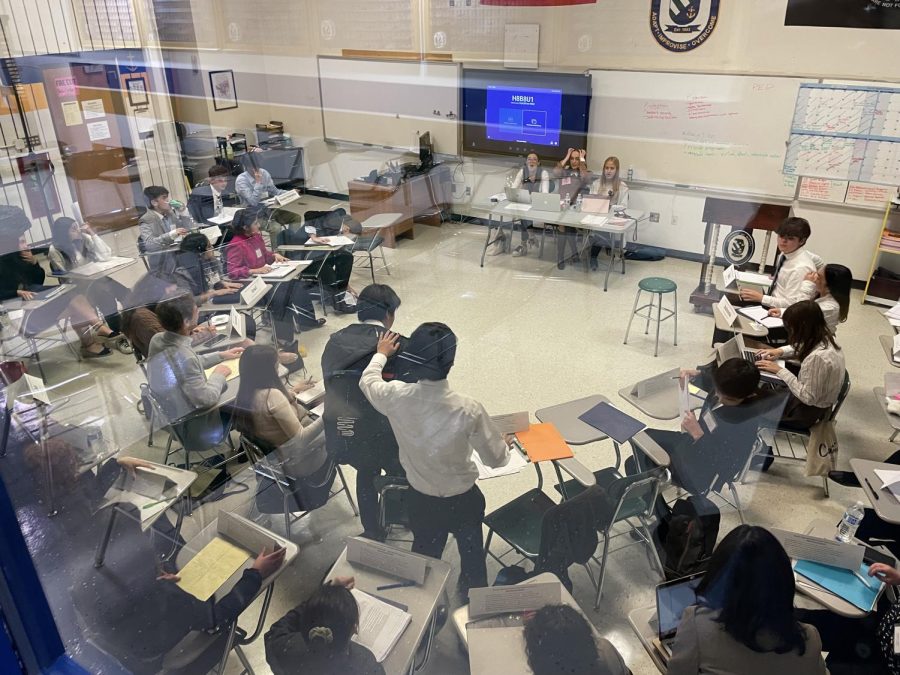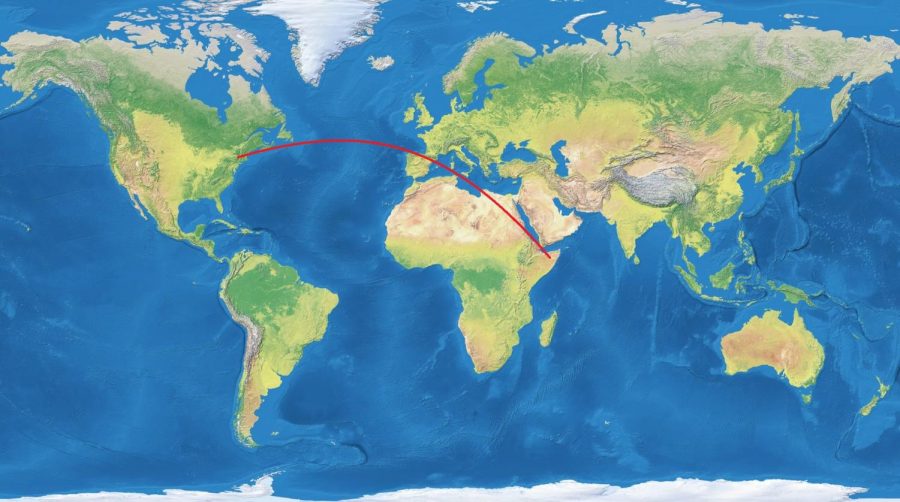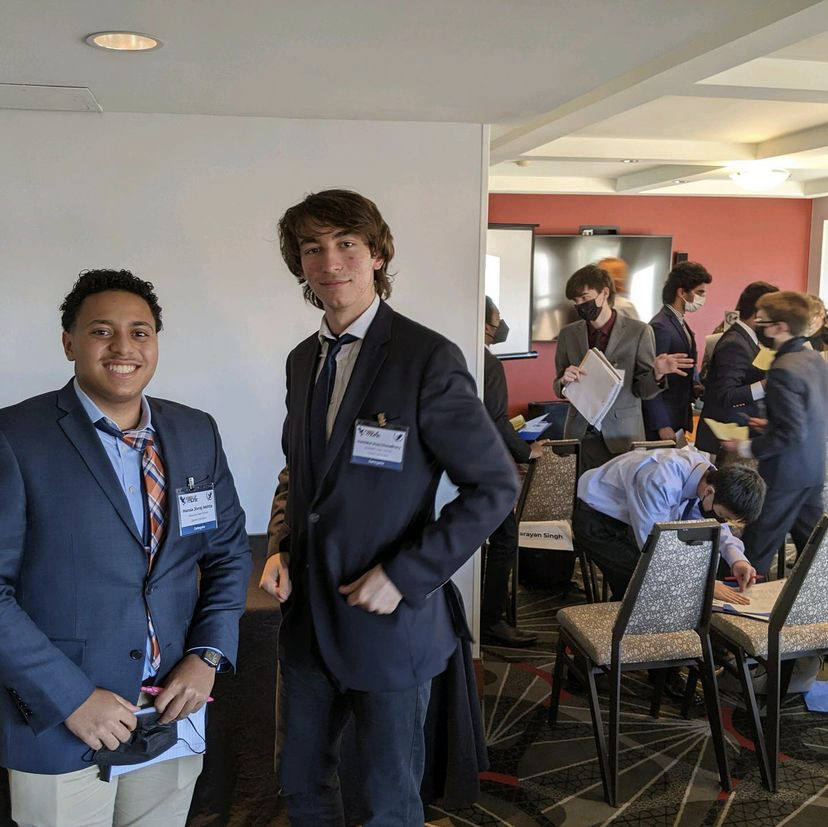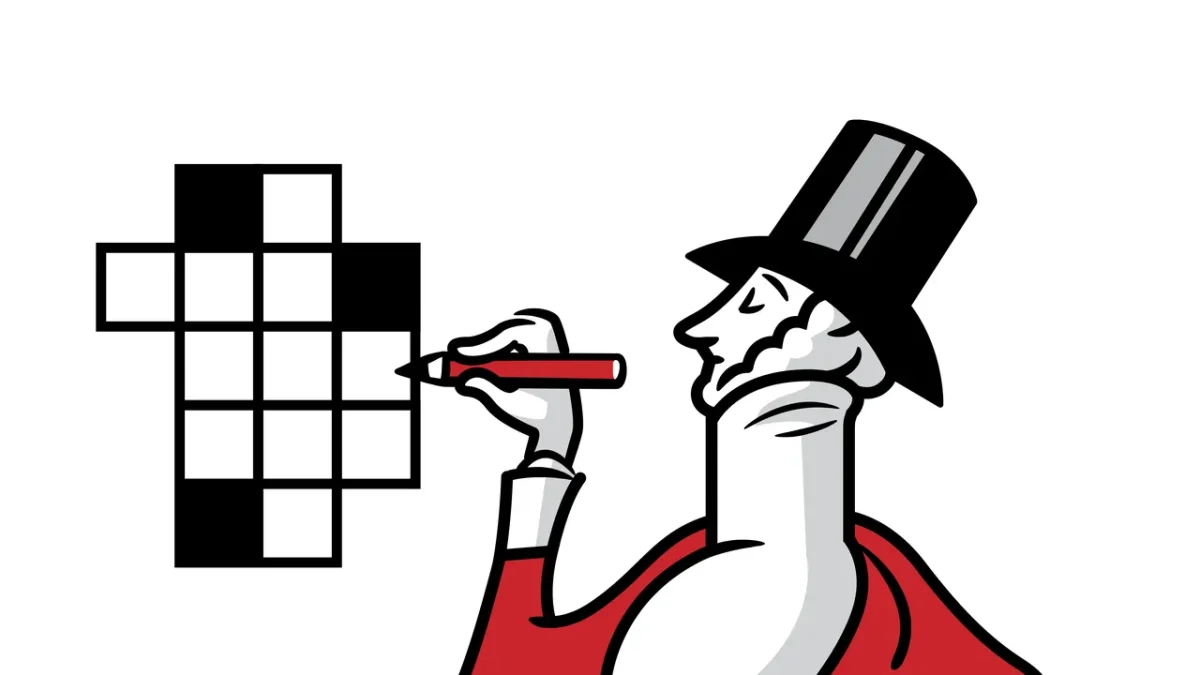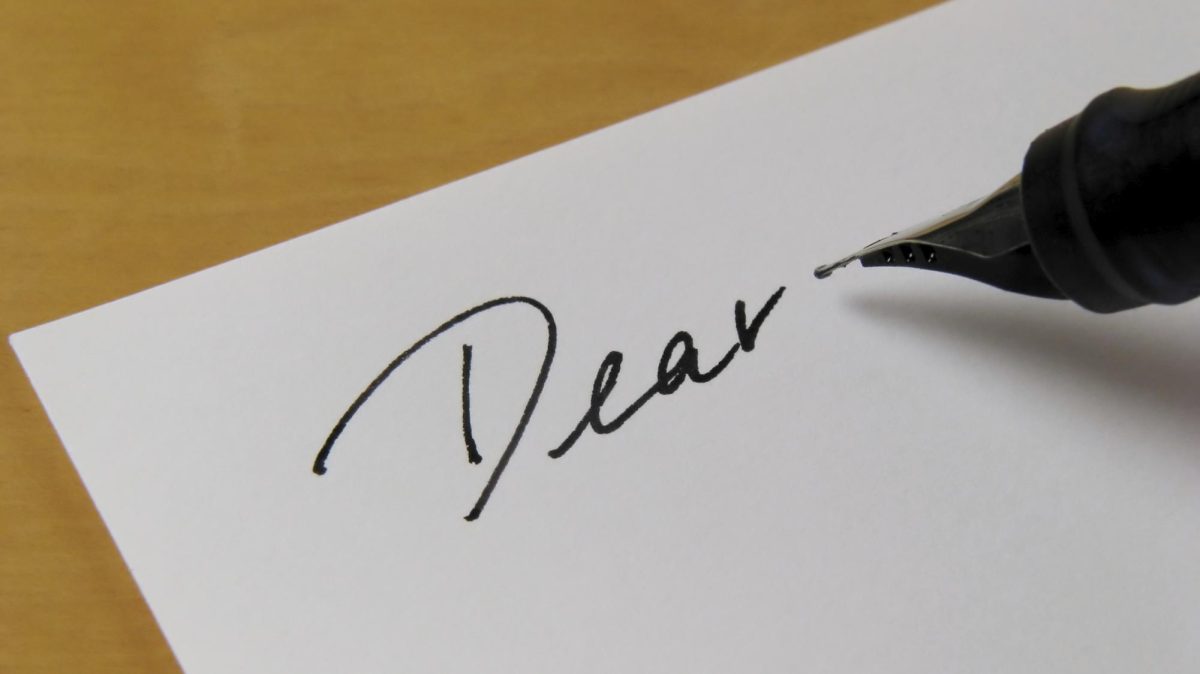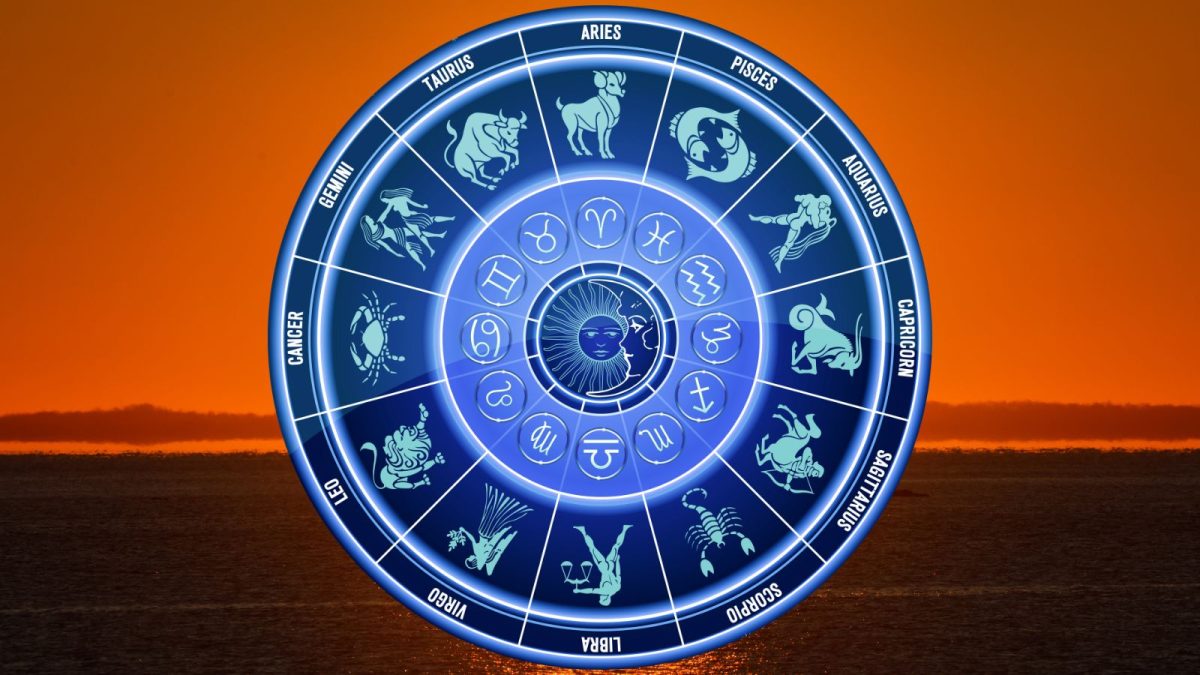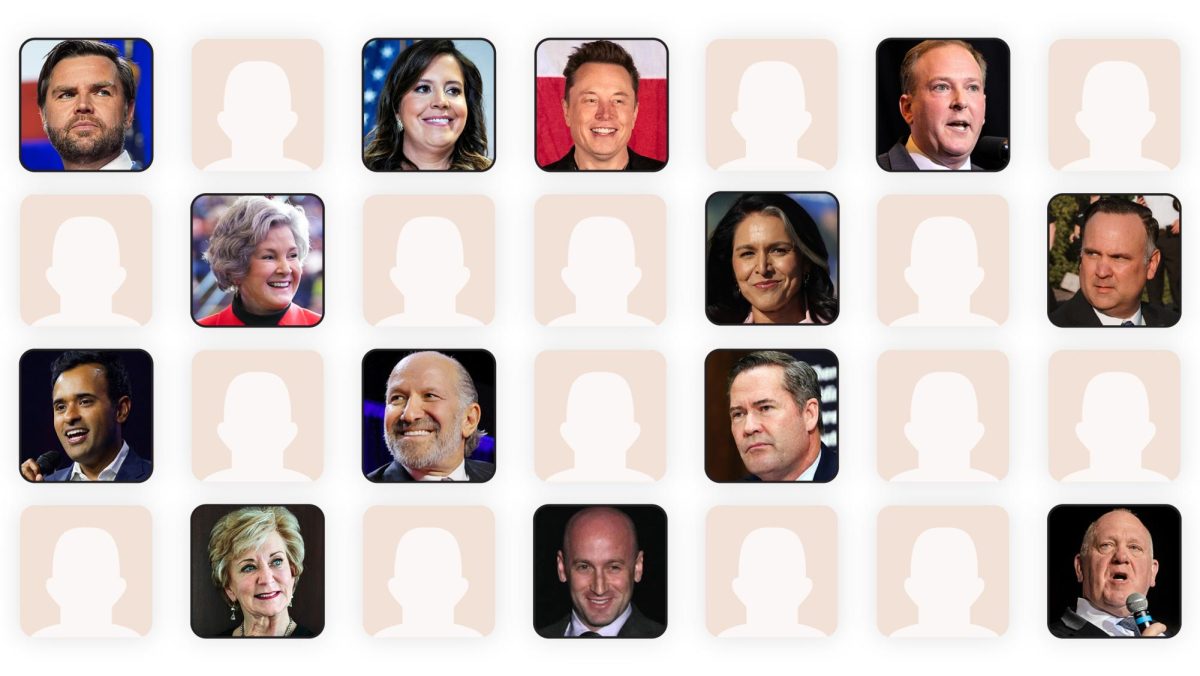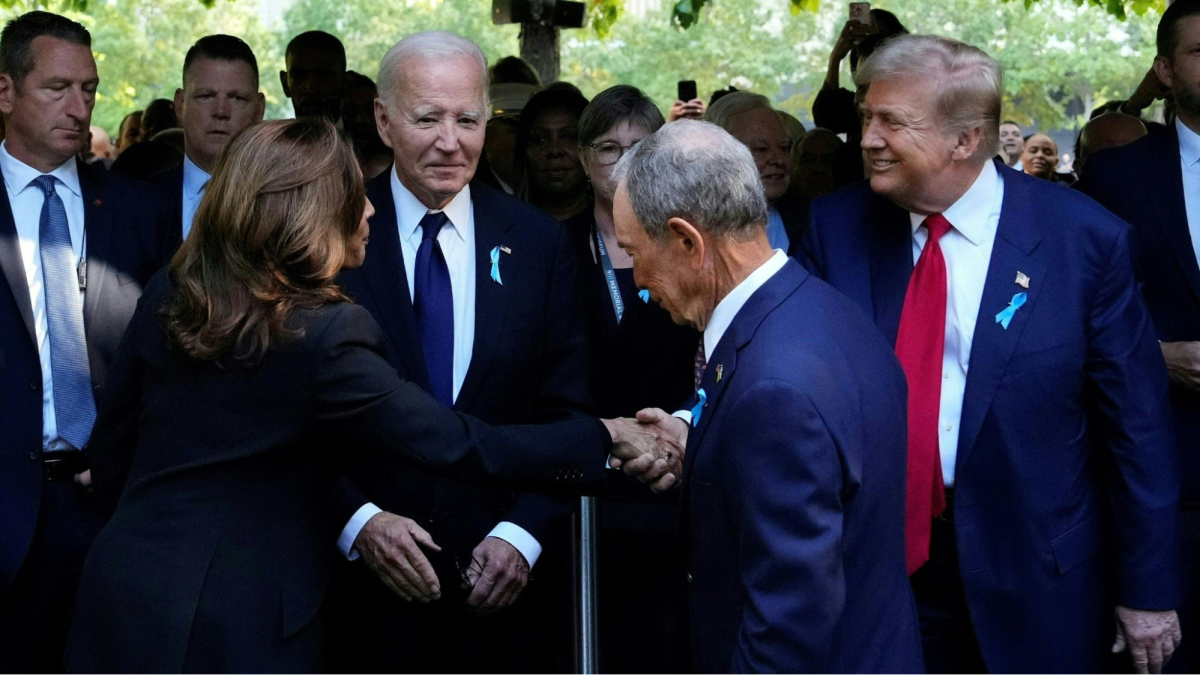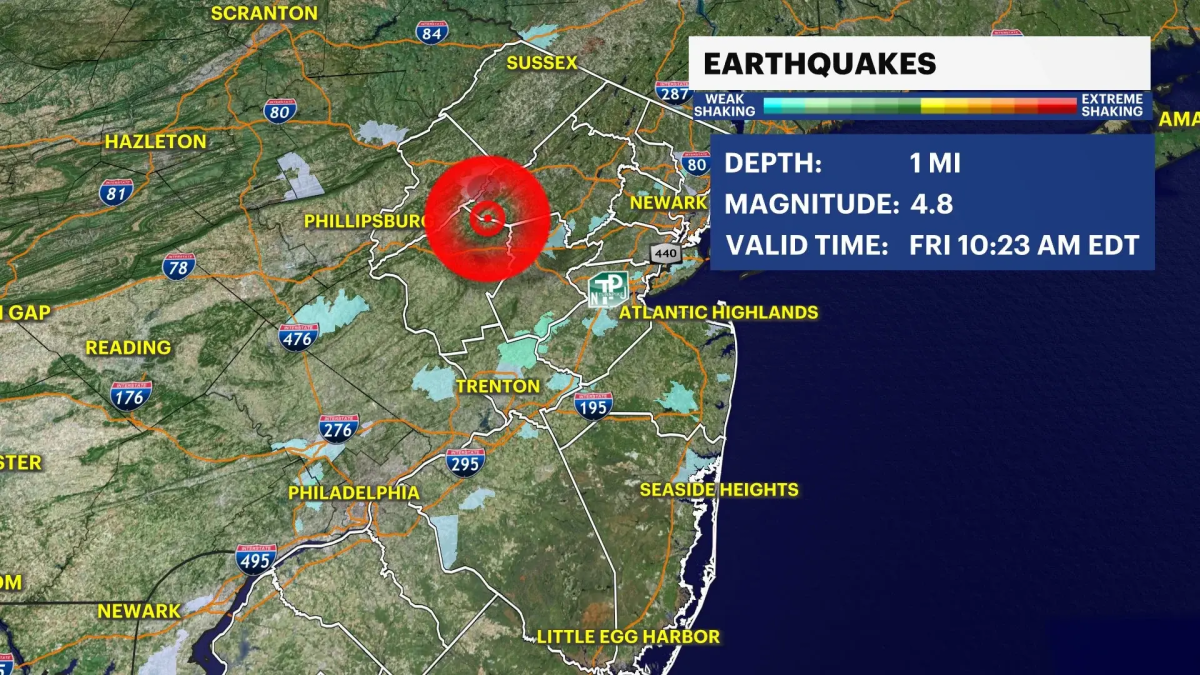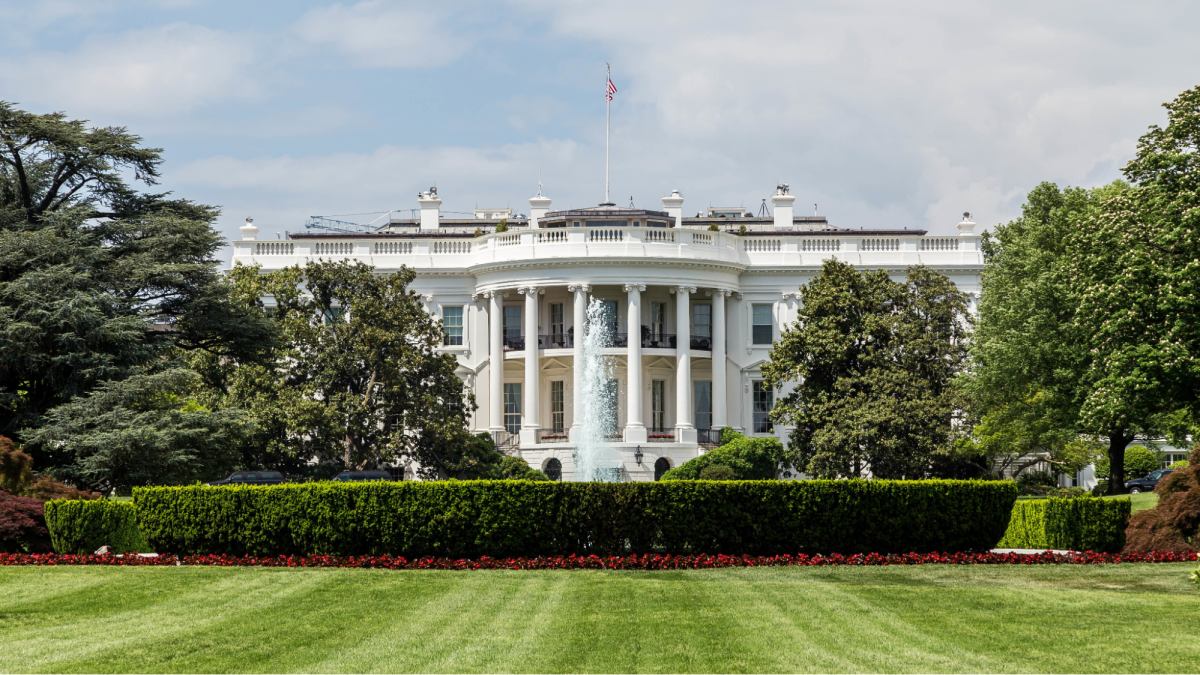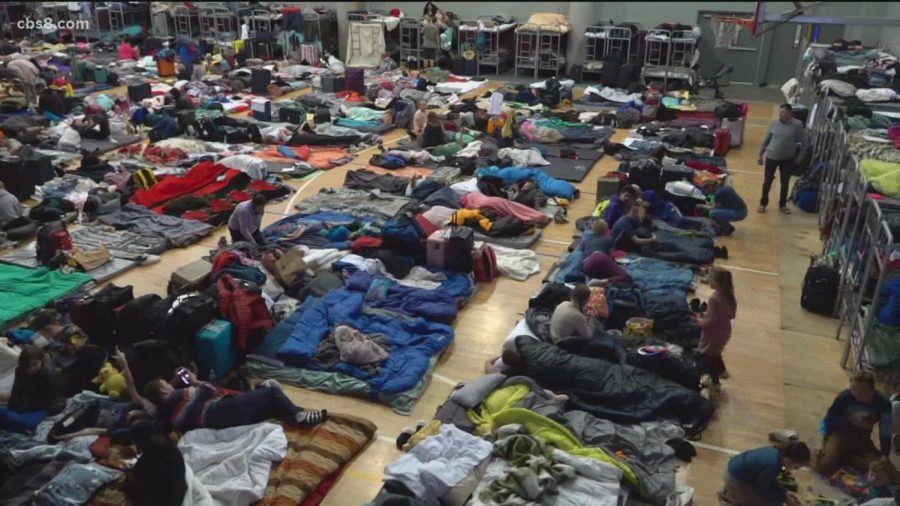This past December, Japanese baseball player Shohei Ohtani signed a world-record $700 million deal, becoming the highest-paid athlete in the world. Although his 10-year contract with the Los Angeles Dodgers calls for him to make $700 million a year if spread out evenly, why is Ohtani only making $2 million for each year he plays?
It comes down to the structure of Ohtani’s contract.
Although his contract is set over a period of 10 playing years, $680 million of his contract will be deferred. In other words, over 97% of Ohtani’s contract will be paid to him after he’s done playing for the team. For the 10 years in which Ohtani is guaranteed to play with the Dodgers, he will be paid $2 million a year before taxes. After the 10-year period, however, the Dodgers — whether Ohtani decides to continue playing for the Dodgers, for another team, or retire from Baseball altogether — will have to pay Ohtani $68 million a year for 10 years.
On the surface, this deal seems to be very strange and potentially very damaging for the Dodgers organization. Although the Dodgers are the 2nd highest valued MLB team in a huge athletic market, the idea of paying $68 million a year to a player who could end up on someone else’s team seems comical. However, this deal may be the best possible outcome for both Ohtani and the Dodgers, and it is much better than paying Ohtani out fully during the 10-year span. Here’s why.
For most teams, it makes sense to simply pay players immediately and without is not only the best practice to avoid incurring later debt for the organization, but it also attracts players who wish to play for a higher salary. However, this is because most professional athletes (no matter their popularity) do not provide enough value on their own to put organizations in a position of debt. Ohtani, however, is not like other athletes. Having the fame and value to make over $50 million a year in endorsements and sponsorships alone, Ohtani provides great value to any organization given his success and generational talent.
After selling the most Fanatics sports jerseys of any professional athlete over the course of 48 hours after signing with the Dodgers, Ohtani clearly presents value to any organization that signs him from a business standpoint. Along with his American audience, Ohtani is viewed as a national hero in Japan. Not only did Ohtani lead Japan to a miraculous World Baseball Classic victory in 2023, but as a Japanese baseball player, Ohtani has experienced incredible, historic-proportion success within the MLB. Due to his large American and Japanese fanbase, the Dodgers are able to profit significantly off of Ohtani’s image.

Although the Dodgers may be able to pay for Ohtani’s contract up front, why did the Dodgers and Ohtani opt to defer the very large majority of his pay to a decade later?
Noting the financial position of the Los Angeles Dodgers, along with the unique income circumstances of Ohtani from many sponsorships, Ohtani and his agent were able to devise a plan where Ohtani would be able to greatly profit while allowing the Dodgers to build a great team around Ohtani, all without greatly stressing the Dodger’s finances. By only paying Ohtani $2 million a year, the Dodgers are able to avoid the MLB’s luxury tax on their roster payroll, and have extra room to spare in their budget to bring on other key signings to strengthen their team. For example, only days after signing Ohtani, the Dodgers were able to splash $325 million on Yoshinobu Yamamoto, an elite level pitcher from the Orix Buffaloes in the NPL (Nippon Professional League) in Japan, all without having to defer any payments to Yamamoto.
In addition, it is important to note that many currencies, such as the US dollar, tend to inflate in value over time. If the inflation of a currency rises, then the effective value of that currency goes down. For example, if the price of a can of soda is $1, and the next year it rises to $1.25, the price of soda increased by 25%, resulting in a 25% inflation rate for soda. Just like the previous example, the value of a currency inflates in comparison to the buying power of other currencies. With Ohtani’s pay being deferred for a decade from now, the value of his promised payout would effectively be less costly to the Dodgers in the future due to inflation—$688 million now is worth more than $68 million will be in the future. Furthermore, the Dodgers can invest the $68 million that they are not paying directly to Ohtani each year to make even more money to ultimately pay out the deferred salary.
Do not get it twisted, however. No matter what form of inflation occurs, this contract is an absolute record-breaker in sports, and will pay Ohtani handsomely. The structuring of his contract will not only allow Ohtani to receive an incredible pay day of $700 million before taxes, but it will also allow the Dodgers to become a powerhouse if they play their cards right.




